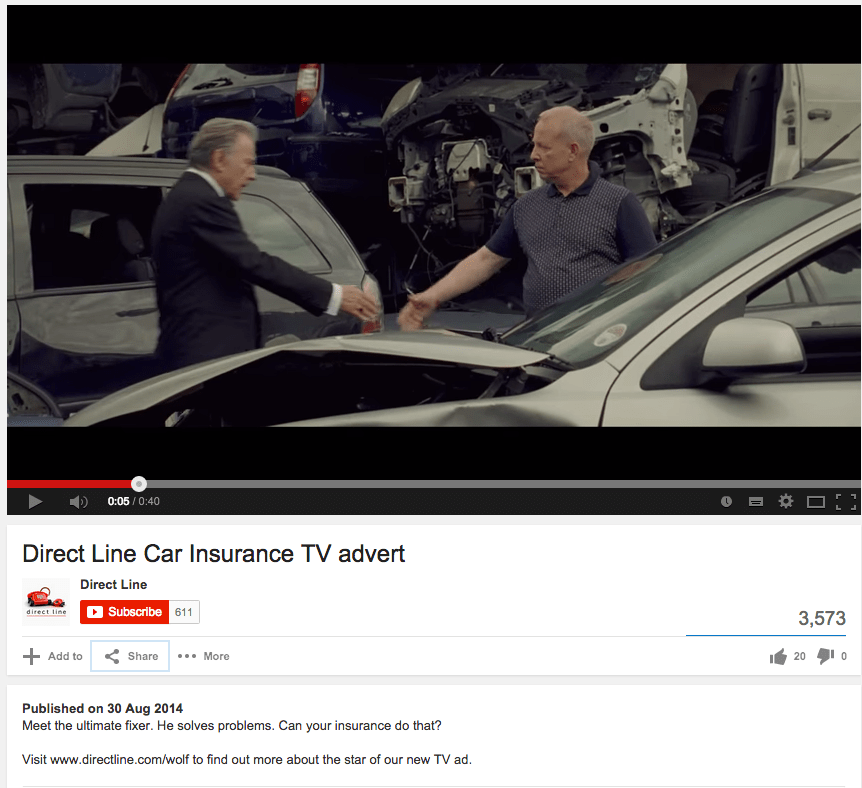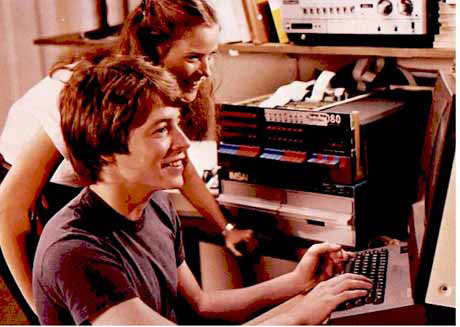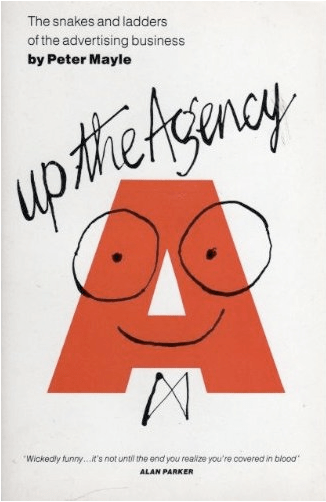It’s easy to be lulled into a false sense of security with social media.
We’ve lured a world famous actor to come and be our ‘face’ and recreate the look of Pulp Fiction’s Winston Wolfe.
We’ve produced a great series of TV ads with our new character ‘Mr Wolf’. They are genuinely different ads for the space in which Direct Line operate.
And then they throw it to the real wolves by using sponsored posts all over Facebook and their existing customers get hold of it.
There are have been 224 comments in the first 14 hours and as far as I can see, every single one of them retells a story of how they have been badly treated by Direct Line or commenting on Harvey Keitel’s decision to work in the insurance market.
For me, this can be nothing but bad for the Direct Line brand. Assuming most people have 250 friends on Facebook, these negative comments have already been seen by at least 50,000 people with a negative endorsement. If you add the 223 shares, this problem could be much worse than it first looks.
Compare this to the number of views on YouTube (only 3,573 after eight days) and you can see that the negative power has been at least FIFTEEN times more effective at reaching people. It may have gone viral, but hardly the type of viral they were hoping for.

Social media is both friend and foe. If you open yourself up to comments and feedback on such a public platform you need to be 100% sure you can cope with the responses. The old adage of ‘never asking a question you don’t already know the answer to’ may have been a prudent way of thinking before they ran this campaign.
I suspect a few people in the team at Saatchi (who produced the campaign) will be getting an ear bashing for their decision to try and amplify the positive effect of their advertising spend by engaging with Facebook and REAL customers.




